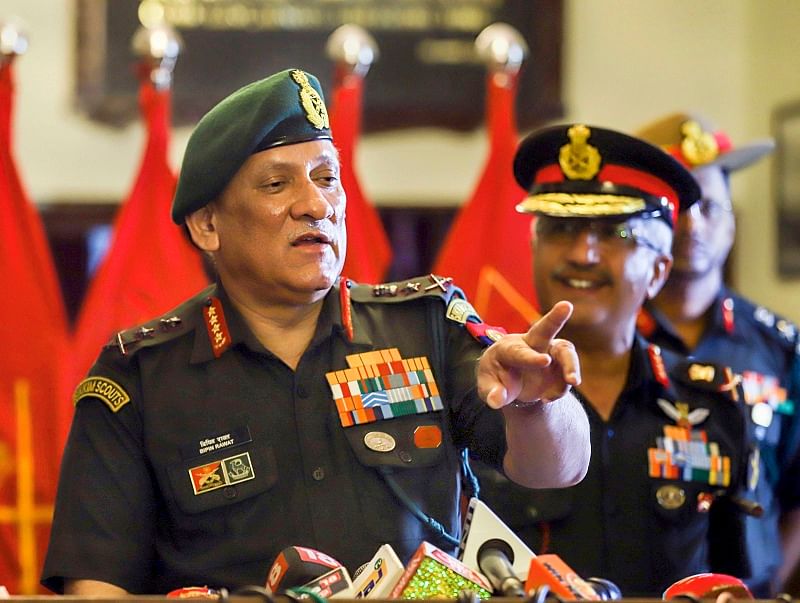
Indian Army seeks installation of high tech surveillance camera along the disputed Sino-Indian borders on the eastern and northern fronts, Army officials have recently informed a panel of lawmakers.
The request comes six years after border guarding troops against India and China had a face-off in Ladakh with the People's Liberation Army objecting to Indian security cameras monitoring Chinese troop movement across the Line of Actual Control.
Last month, when a group of MPs travelled to Nathu La in Sikkim, they received requests from the force for high-tech, state-of-the-art cameras for surveillance purpose. During the interaction, the lawmakers were further told that the requirement for such cameras was not merely in the Eastern Command but along the entire northern border.
“The immediate requirement for surveillance equipment at Eastern Command and northern borders including Nathu La post must be fulfilled at the earliest.” the Parliamentary Standing Committee on Defence wrote in its report that was presented to the Speaker on Monday.
Not so long ago, Indian security cameras were at the centre of a face-off between the two sides after troops from the People's Liberation Army in June 2013 crossed over to the Indian side in Chumar sector in Ladakh and took away a security camera that was kept at an elevated position six km ahead of an Indian army post for a watch.
It was one of the several cameras that the Indian Army's Northern Command had installed in that area to monitor Chinese movement on the other side of the border.
The cameras deployed by the Northern Command were unmanned and powered by solar cells. They could continuously capture and transmit images across the LAC from an elevated position from the Indian side. In Chumar, India is in an advantageous position and has better connectivity than China.
While PLA troops returned the camera after a few days with India taking up the matter officially with the communist country, border surveillance remains almost a constant irritant.
However, the relations between the two militaries have improved since the Wuhan Summit between Prime Minister Narendra Modi and Chinese President Xi Jinping in April 2018.
“Post Wuhan, the strategic guidance from the highest level and understanding of the nuances of the working mechanism at the functional level has enabled management of the challenges along the LAC,” Army Chief Gen Bipin Rawat said.
